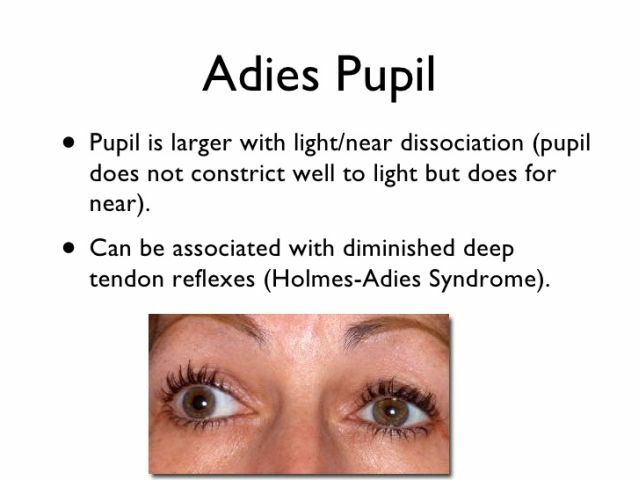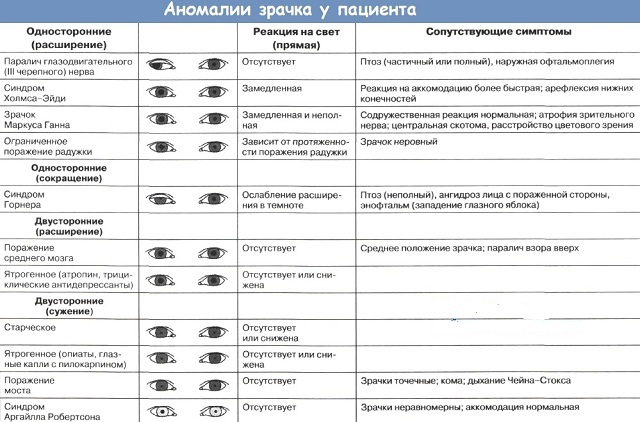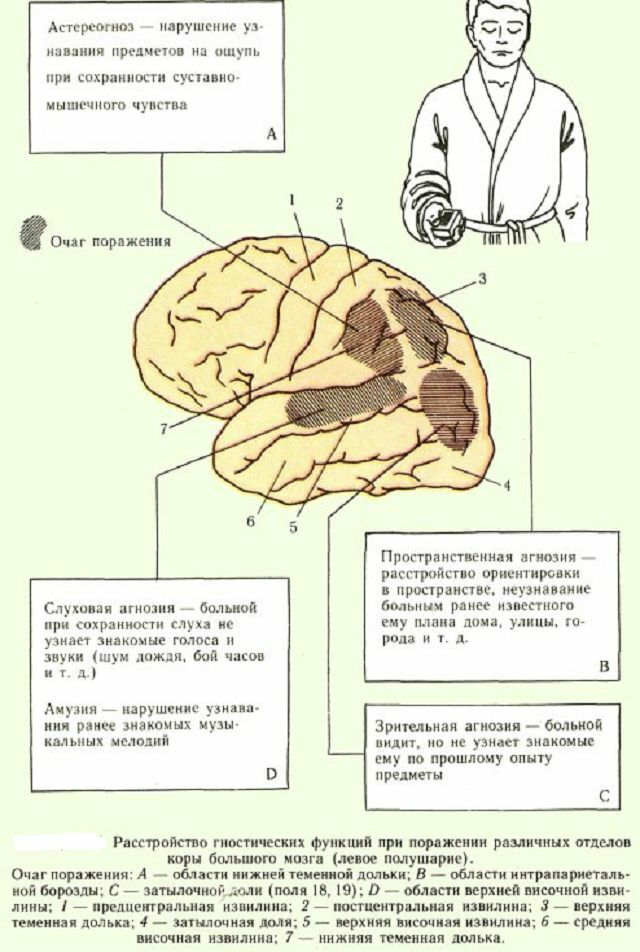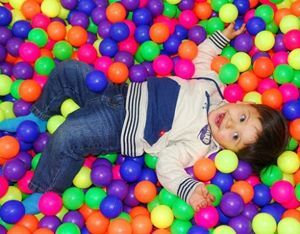 Synkinesis is the friendly involuntary movement of limbs, or other parts of the body. It is diverse and basically typical for normal motor activity, it is an integral part of synergy( joint reduction of muscle group).
Synkinesis is the friendly involuntary movement of limbs, or other parts of the body. It is diverse and basically typical for normal motor activity, it is an integral part of synergy( joint reduction of muscle group).
The pathological form of the disease appears as a result of the disinhibition of the segmental apparatus and the destruction of the corticospinal tract. The manifestation of such forms of syncopeesis makes it possible to diagnose organic lesions of the entire nervous system.
Causes of violation of
There are several reasons for this syndrome:
- transmission of excitation irradiation to neighboring neurons;
- facilitating the effect of the reticular formation on the elements of the spinal cord;
- the tendency of the regenerating facial nerve to branch;
- central nervous system disorder;
- disturbance of the peripheral central nervous system;
- presence of spinal injuries;
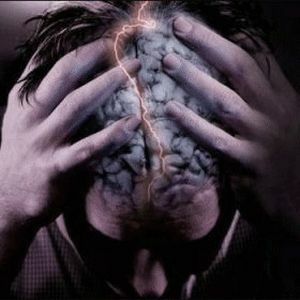
- stroke transfer;
- violation in the formation of facial movements;
- occurrence of spastic ataxia;
- circulatory disturbance in the brain;
- severe craniocerebral injury;
- occurrence of tumors and other neoplasms;
- presence of inflammatory processes in the body;
- abnormal increase in overall muscle tone.
Types of motor disorders
There are two main types of syncopeesis, oral and abnormal:
- Oral appearance of is characterized by opening the mouth when performing any arbitrary movement. In this case, the patient has a vomitive reflex. Also, the mobility of the lips and tongue becomes significantly limited. According to the doctors, such violations are the norm for newborns. By the third month of the child's life, all the obvious signs of oral syncopeesis are weakening, and up to a year disappear altogether. If these dysfunctions do not disappear, then later the child may have a violation in the formation of the speech device. As a result of this, other logopedic problems appear that can persist for life. Namely: incorrect pronunciation of consonants and vowels, interdental pronunciation of hissing and whistling sounds, softening of solid sounds during reproduction( palatalization).
- Pathological is characterized by the manifestation of concomitant movements that may be characteristic of healthy people. Disturbances in movements arise as a result of the defeat of the central motor neuron. The severity of the pathological forms of the disease depends on the degree of damage to the nervous system and the age of the child.
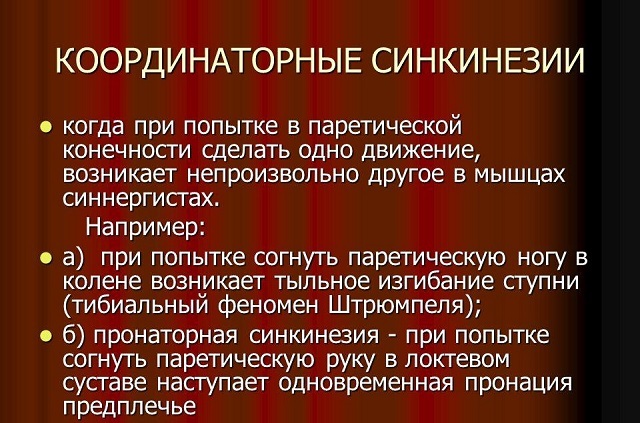
Pathological syncopeies, in turn, are divided into three groups:
- Global .These are friendly movements, manifested in the form of increased flexion in the paralyzed arm and extension in the
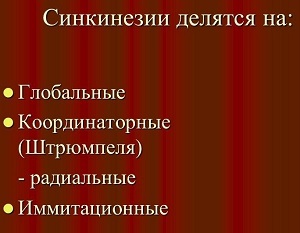 paralyzed leg. And such an increase is observed when trying to move with paralyzed limbs. Global synkinesias appear with any physical effort( coughing, sneezing, etc.).When attempting an active movement, a number of random deformations can occur, which do not allow the main movement to take place.
paralyzed leg. And such an increase is observed when trying to move with paralyzed limbs. Global synkinesias appear with any physical effort( coughing, sneezing, etc.).When attempting an active movement, a number of random deformations can occur, which do not allow the main movement to take place. - Simulation .When trying to move the paralyzed limb, a corresponding movement is observed in the healthy symmetrical side of the body. Imitating synkinesias are manifested by the mirror image of movements in the affected limb. Most often, this dysfunction manifests itself when the structure of the pyramidal and extrapyramidal systems is broken. This type of disorder can also occur in the syndrome of the visual hillock, myotonia and children's encephalopathies.
- Coordination .It is characterized by the inability to perform one isolated movement, because when trying to make movement in one joint, the movements of other joints of the same limb arise. This type of disorder can manifest as a symptom of Raimista. In this case, an attempt to pick up an object causes a flexion in the elbow and extension in the shoulder composition. Coordination synkinesias are not expressed sharply and more often than not, the child can cope with all disorders in movements.

Clinical picture of
The main symptoms of the development of syncopeesis:
- increased muscle resistance in active movement;

- appearance of rhythmic contractile movements of individual muscles;
- violation of facial movements;
- reflex rhythmic jerking of the feet;
- twitching of the affected limb with mechanical or thermal effects;
- increased intensity of tendon reflexes;
- the presence of increased muscle tone when probing.
Basic diagnostic methods for
Diagnostics in the case of synkinesis are carried out in the following ways:
- Visual inspection of .In this case, the patient must undergo an examination with a neurologist who observes arbitrary movements.
- Conduction of magnetic resonance imaging .
- Fluoroscopy .It consists in the transmission of the whole body in its horizontal and vertical position.
- Electromyography of skeletal muscles .This is a method of diagnosing lesions of the neuromuscular system, consisting in recording the electrical activity of skeletal muscles. Even in the presence of primary muscular lesion, the
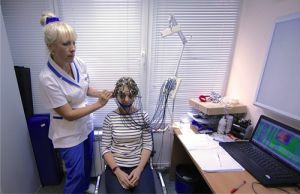 already shows a decrease in the amplitude of the oscillations.
already shows a decrease in the amplitude of the oscillations. - Complex check of foot reflexes .Diagnosis is in the supine position. When you raise your leg up, there is a tension of the sciatic nerve. Therefore, if there is an involuntary movement of other joints or limbs, then this indicates the presence of one of the types of syncopeesis.
- Electroencephalography .It consists in checking the functional state of the brain. It allows to determine the presence of nervous cramps.
- Conduction of neurosonography .
Aims and methods of treatment
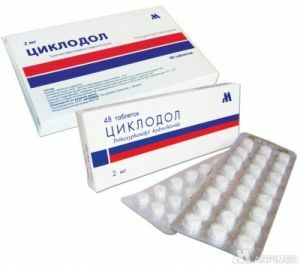 In the early stages of development of syncopeesis, physicians recommend that exercise therapy and therapeutic massages be performed. In addition to therapeutic measures, medicinal treatment is also used. In this case, apply drugs such as Cyclodol, Tropacin, Dopamine and Elatin.
In the early stages of development of syncopeesis, physicians recommend that exercise therapy and therapeutic massages be performed. In addition to therapeutic measures, medicinal treatment is also used. In this case, apply drugs such as Cyclodol, Tropacin, Dopamine and Elatin.
When the facial nerve is affected, the affected side of the face is irradiated. Irradiation is carried out on massage lines for six minutes. The course of treatment in this way is ten procedures.
In the treatment of the disease, surgical interventions are also carried out, but more often than not, it occurs with the manifestation of Marcus-Gunn syndrome.
With peripheral lesion of the limbs, physiotherapy methods such as galvanization and faradization are used.
Also doctors recommend balneotherapy - the use of hydrogen sulfide and radon baths. In case of damage to the facial nerve, it is necessary to apply medications that will restore the myelin sheath of the nerve.
These include preparations containing vitamins such as B1, B6 and B12( Proserin, Askazil, liquid aloe extract).
To improve blood circulation, various biologically active additives are used, the basis of which consists of plant components. In some cases, for treatment are applied and hardware methods of treatment in the form of proprio correction.
Preventative measures
In case of manifestations of primary signs of syncopeesis, the patient should follow basic preventive measures to prevent further complications from occurring in the 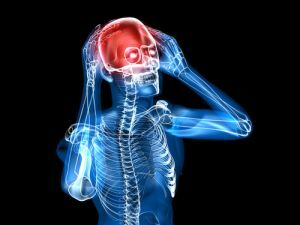 .
.
First of all, this increase in physical activity. Also the patient should be engaged in physiotherapy exercises. When performing exercises, the patient learns to relax the synergistic muscles. In this case, important motor abilities are recreated and formed.
If facial muscles are affected during the development of the syndrome, then injections of botulinum toxin should be immediately applied. Also in this case, you should avoid excessive voice loads.
And if there are colds, you need to immediately treat them, not allowing for further development. Preventive measures include therapeutic massage, which is performed exclusively for the doctor's prescription.
If the syndrome is accompanied by a number of other neurological dysfunctions, prevention may not be as effective.
To prevent the development of the disease, it is necessary to periodically undergo a comprehensive examination of doctors. Timely diagnosis of the disease can not only prevent its development, but also restore the healthy state of the reflex and nervous system.

